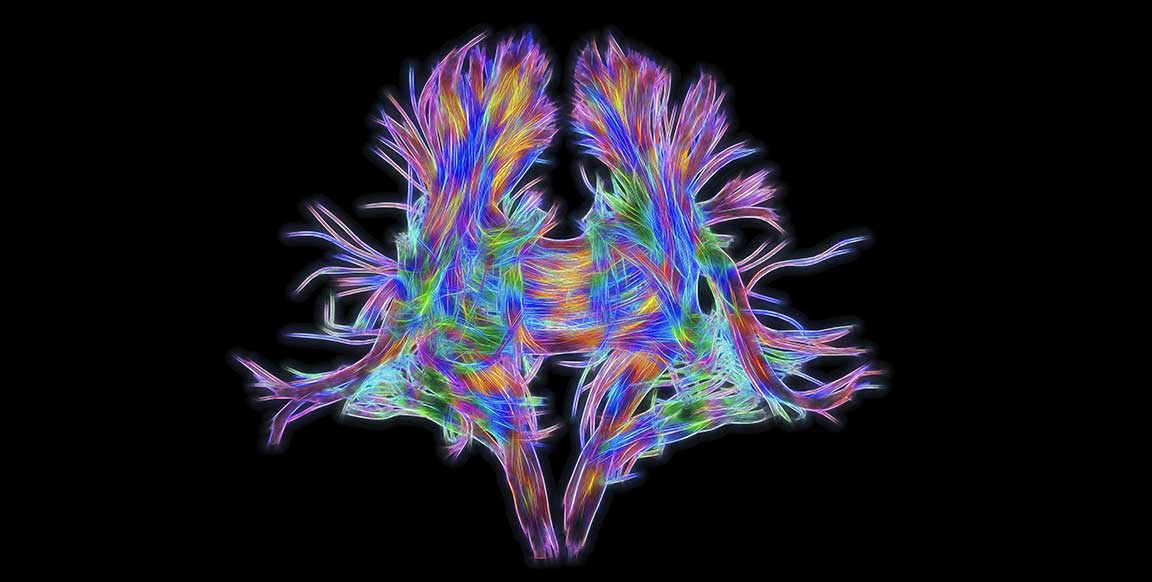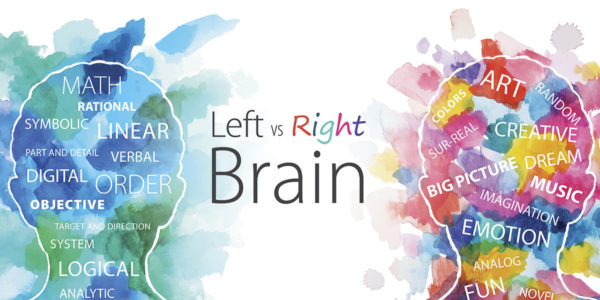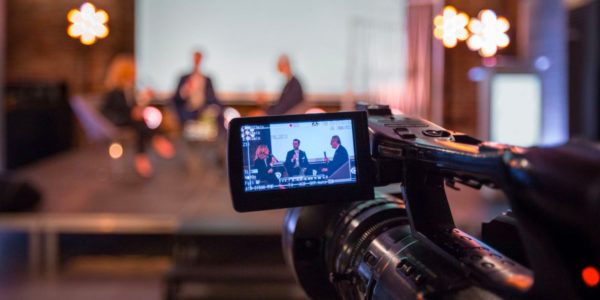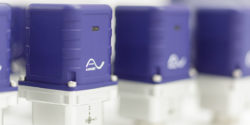“Extensive testing has proven human response to a brand lights up regions of the brain handling emotions. It also affects another part of the brain responsible for memory and exerting control over thinking. We have two competing systems for making brand choices. Effective branding lights up both regions of the brain – emotions and memory.”
– Samuel McClure, Neuroscientist
About 95% of brain activity happens subconsciously. Decision-making, memory retention, learning and sensory observation—all are processes that crucially matter to marketers. These can all be measured by testing and neuromarketing technologies.
Brand marketing strategies, messaging and imagery must appeal to both emotion and memory recall to be effective. We learned long ago, that consumers make buying decisions based on how they feel. Not by what they think about a product or service. Feelings (emotions and memories) drive behavior. We call this Emotional Marketing.
How it works:
If you show volunteers a product: a website, print ad, TV spot, etc. Using electrical brain wave measurements (EEG) and eye trackers, the brain activity of a consumer is measured in real time. They are then monitored as they digest specific aspects of the product. This gives marketers key insight into the emotional impact and attention-demand created by the product. If you not have the budget for this type of testing, there are other methods we have used that can return informative data.
When neuro testing, for example, Campbell Soup wanted to update their packaging to immediately appealing to customers. By using an eye tracker and an EEG (electrical brain wave measurement) sensor, the marketing team was able to line up how the brain responded to the packaging as a whole and specific aspects of the label.
Trying different designs, they found that including depictions of steam triggered activity in the part of the brain that anticipates reward. They also found that when their bright red logo was at the top of the can, customers looked at it and not at the enticing picture below it. Lastly, they found that the soup spoon triggered no emotional connection.
Other methods of testing:
Often, we will build a temporary microsite and use it for testing. We have also created online or telephone surveys. Next, we socially target or email a specific demographic for the brand, product or service. As an example, we have created these sites for testing packaging, video cuts, logo designs, color palettes, ads, product labels, brand names and web page designs.
Recently, we tested eight different color palettes for a vertical target market of African American women over 30. Our client was marketing a specific healthcare service to this demographic group and their existing brand palette was not ideal. In addition to researching colors most loved by women, we were able to build upon and hone a perfect palette from the honest and virtually unanimous response of the women we tested.
We find that people are honored by the request to play a role in the naming, development and design of something. More so, we ask for their authentic emotional responses and a description of how what they are looking at makes them feel, remember and imagine. Questions about what held their attention, and why, almost always show patterns in the responses. The questions that you ask are key, and this is also a science and art form.
Testing and neuromarketing allows marketers to segment an advertisement, label, web page product design, etc., into manageable pieces and work to maximize the effectiveness of what they are seeing. This can be really appealing to television, video and online streaming marketers. In a thirty-second spot, an un-engaging seven seconds is a colossal waste of money and time!
Focus group testing
We often caution against focus group testing creative concepts, since it is much too easy for an assertive leader or strong personality in a group to sway people, even if you have an excellent group moderator. When a group of people is being led to conclusions by one or two people, often the moderator must remove that person or persons from the group. To avoid this, we have found one-on-one or individual responses to be much more reliable.
Neuromarketing in Action
Many movie trailers and TV commercials have turned to neuromarketing and testing or effectivity assurance. Watch this real-time scan of a consumer’s brain as he watches the infamous oldie but goodie Volkswagen “The Force” commercial. On the video, you can see the hot spots where most people are focusing their eyes. To the right, you see the consumer brain as it lights up frame by frame, and underneath the video, there’s a graph of the total amount of brain activity that the commercial generates as it plays.
In conclusion, neuro testing, and frankly, testing in general, can be a great way to study the effectiveness of an advertisement, website, name, logo or product. It is not the magic trail to a buy button, but it is a useful metric to assess the impact of design and copy.
About:
Los Angeles based Sagon-Phior is a full service marketing and branding agency. We utilize emotional branding to build better relationships between a brand and an audience. Emotional branding enables more effective ways to increase brand awareness, loyalty and sales. It also offers revealing insights to better understand important, often unseen, patterns of consumer behavior.
Sagon-Phior has successfully applied this unique practice to many national and global brands in technology, healthcare, banking and lifestyle industries. For more information, go to Sagon-Phior.com









